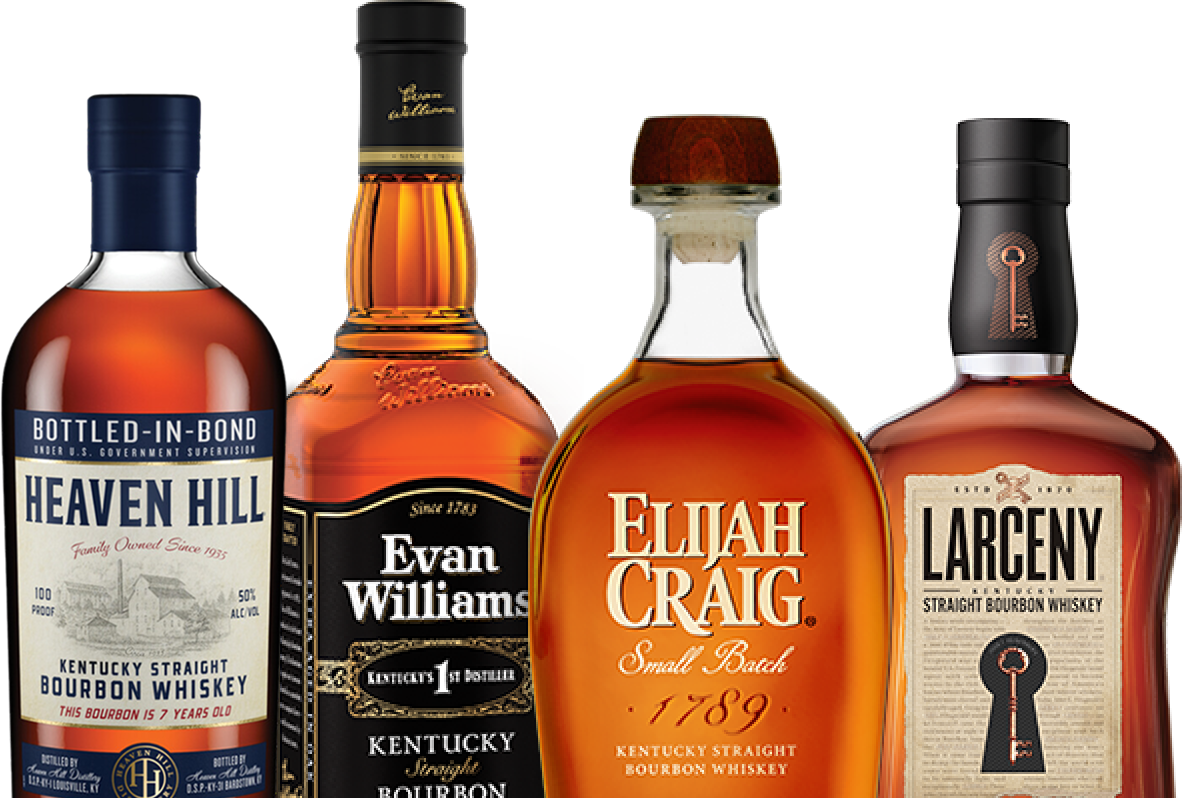That rare find. A vintage release. Some of your favorite standbys, poised and on-the-ready for an evening pour. As anyone attuned to the American Whiskey conversation on social media knows, whiskey collecting has grown immensely in the last few years, and proudly displaying one’s personal stock has become a hallmark of the Bourbon Boom.
It’s fun to see who’s got what, learn their tastes, and DM your friends about where they found those hard-to-find unicorn bottles. But as knowledgeable collectors will tell you, not everyone’s managing their collection well—no matter how deliciously depicted. They see bottles stored incorrectly or drunk to such diminished levels that the remaining whiskey is at risk of flattening. Closeups of bare hands touching vintage labels make veteran collectors cringe, as do shelves so burdened with bottles that a minor disturbance could send the lot crashing to the floor.
Like any fun hobby, whiskey collecting comes with a few do’s and don’ts: simple-but-wise tips that will keep a collection safe. To get some tips on storing whiskey properly, we asked three experts with decades of experience in the area:
- Jason Brauner, owner of Bourbons Bistro, a long-time Bourbon-centric restaurant in Louisville, Ky., with hundreds of whiskeys on its menu
- Justin Thompson, co-owner of Justins’ House of Bourbon, currently the nation’s only retail shops (Lexington and Louisville, Ky.) at which consumers can buy and sell vintage spirits
- Jared Hyman, owner of The Bourbon Source, a spirits and service consultancy based in Washington, D.C.
JASON BRAUNER, OWNER OF BOURBONS BISTRO (LOUISVILLE, KY)
 On temperature and sunlight…
On temperature and sunlight…
The optimal spot is a cool, dark place…anywhere that’s cooler than the rest of the house. Basements are usually great for this, but attics aren’t. Never put them there. I’ve seen (restaurants and bars) where whiskey is stored in the window, which is no good. If you store it where people can see it, just keep it away from heat and sunlight.
On collecting carefully…
A good amount of the oldest whiskey I’ve collected is in ceramic decanters, which means you can’t see the whiskey inside. That makes it a crap shoot, of course, so do the following carefully:
- Shake them to see how much evaporation has taken place. Any evaporation of liquid means more air inside. If there’s a lot of air and you still want that bottle, I’d drink it soon.
- If considering a glass bottle where evaporation has reduced the whiskey below half the expected fill, that’s a no. If it’s cloudy, it’s toast…completely oxidized.
When to drink after a bottle is opened…
Since I’m in the restaurant business, I don’t feel comfortable selling whiskey from a bottle that’s been opened for more than 6 months—especially if it’s a vintage bottle that’s below half full. Since we price those whiskeys for what they’re worth, I want to give our customers a great pour. If it hits that 6-month mark, I’ll likely discount it to sell it quicker or drink it myself.
On cork management…
If that bottle’s older than the 1970s, the cork will nearly always crumble when you remove it. Before I open a vintage bottle, I turn it on its side to moisten the cork some and make it easier to remove.
On serving a vintage pour…
A pour of really old whiskey changes with every sip, which I think is cool. When I enjoy something old and rare, I want to make sure I don’t leave my seat. I want to experience it right out of the bottle and stay with it until the glass is empty. You’re sipping through time in that 20-minute period, so you don’t want to miss anything.
The Absolutes of Whiskey Storage
- Always store spirits bottles standing vertically, never horizontally
- Never store bottles near heat sources such as ovens or registers
- Never leave whiskey in a car trunk, where heat and liquid expansion can expel the cork
- Never store bottles in direct sunlight. It will dull the whiskey’s flavor and fade its label
- Select only sturdy shelving for your collection
- Store bottles or boxes on elevated shelving, not in direct contact with the floor or wall
JUSTIN THOMPSON, CO-OWNER OF JUSTINS’ HOUSE OF BOURBON (LEXINGTON, KY)
 On handling bottles…
On handling bottles…
I strongly advise people display their bottles where others can see and admire them; you want those bottles to start conversations. But since you want to allow people to see those bottles without putting their hands on them, it’s a good idea to put them in cases and cabinets that can be locked. I especially like cabinets with large glass windows. There’s really no point in having cool bottles that you can’t show off, but so many people will react by grabbing them. They don’t understand that old bottles have fragile wax seals that may crack, or tax stamps that tear easily.
On shelving…
Not everyone realizes how heavy liquid in glass can be. Some start off buying cheap shelving that works in the beginning, but then it starts to bend as your collection grows. You’re spending a lot of money on your whiskey collection, so spend money on thick wood or glass that’ll hold up over time. Industrial-style shelving is great for those bottles you keep stored out of sight.
On where to store…
Basements usually are great because they’re dark and cool. But if that basement is leaky or has been flooded, you could have issues with water and mold. I never put a box on the floor. I prefer elevated shelving. Some of the purchases we make are unopened cases full of bottles, so that (cardboard) box is part of its value. Do all you can to keep it dry.
Display it smartly…
You don’t have to put everything out for others to see. Put about a quarter of your collection out on display and keep the rest in a cool, dark place, away from sunlight. The sun negatively affects what’s in the bottle and will hurt the label, too.
On the freshness of opened bottles…
I’ve had friends who got into collecting in their 30s, but now they’re in their 50s with bottles that are half drunk. I’ve tasted a lot of those bottles and didn’t have bad experiences. It’s been the same for me at bars with huge collections: I haven’t had a negative experience drinking from a mostly empty bottle. At home, if you want to move it to a smaller vessel to reduce that air space, it’s not a bad idea.
On flaws to look for in vintage bottles…
Older bottles … before the 2000s, nearly always have hairline cracks in the wax. You don’t want to damage that further, so make sure no one touches that wax. Tax stamps also are really fragile, so you never want anyone grabbing a bottle by the top. If you want those bottles on display, put them on a top shelf no one can touch. … The only bottles I’ve ever seen that were near perfect came from cases that had never been opened.
Be a wise buyer…
Find people who know a lot about these old bottles, and ask a lot of questions before you commit to buying any of them. We encourage people to come into House of Bourbon just to show us their bottles and just talk and ask questions. We really enjoy hearing the stories behind them, too.
Collecting vs. drinking…
It’s one extreme or the other, it seems. If they haven’t opened that bottle in the first month, they’re probably not going to open it for a long time. But we’ve also seen people get these sought-after true unicorns, and they usually have a plan to open them soon to celebrate something.
JARED HYMAN, OWNER OF THE BOURBON SOURCE (WASHINGTON, D.C.)
Buying collectibles…
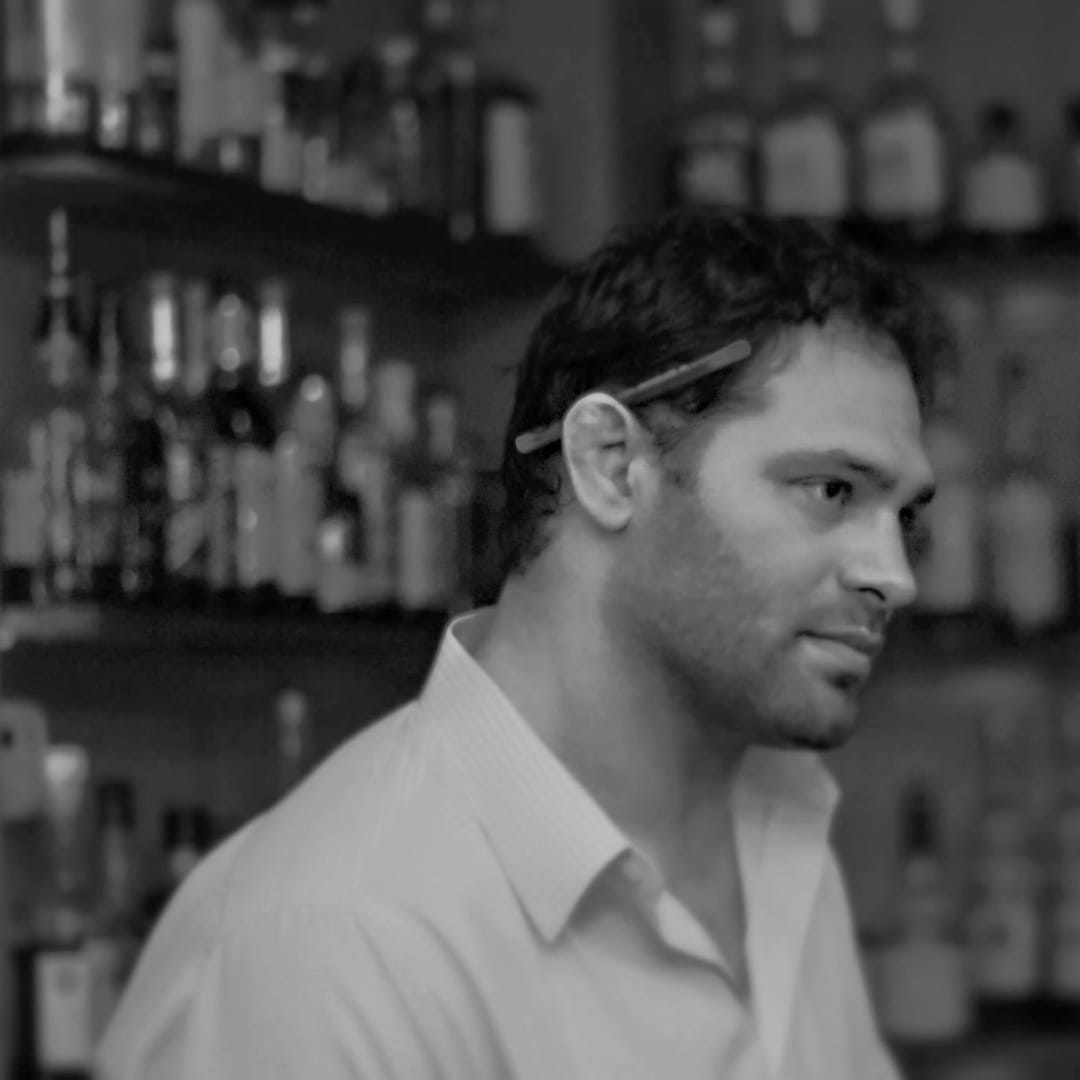 Buy from reputable sellers. If you don’t know who that person is or the particulars of the bottle you’re considering, find people to help you make those decisions. Find someone who’s touched and seen tens of thousands of bottles, someone who has that experience. Look closely at the cork and the seal for any leakage, and look for any sun damage to the whiskey or the label.
Buy from reputable sellers. If you don’t know who that person is or the particulars of the bottle you’re considering, find people to help you make those decisions. Find someone who’s touched and seen tens of thousands of bottles, someone who has that experience. Look closely at the cork and the seal for any leakage, and look for any sun damage to the whiskey or the label.
On storage temperature…
Being away from light and stored at a consistent temperature is the best for whiskey. Stay within four to five degrees of room temperature; high 60s or low 70s. We don’t know of any effects of electric lights on whiskey, but we know direct sunlight is a problem.
Storing bottles standing or on their sides…
Store them standing up. Don’t store a bottle on its side; the alcohol will eat the cork. If you know you’re going to open an old bottle in the near future, wet the cork every couple of days by (turning) the bottle on its side and then turning it right back up and put it back on the shelf.
If you leave any American Whiskey bottle on its side for a long period of time, it will leak. Air eats away at the richness and brightness of the whiskey.
On handling bottles…
You only want your fingers to make contact with the glass. I don’t ever touch the label or the capsule. That’s the area made up of whatever the bottle is closed with: a screw top or cork or wax…whatever goes around the top, (including the) tax strip or foil.
On spotting damaged whiskey…
It’s most likely to happen with a lower-than-usual fill level. There also can be damage around the cork and the tax strip — things like mold around the cork. I don’t want to be around when a bottle like that is opened.
Also look for sediment at the bottom of the bottle. Much older whiskeys can start to see some brown debris forming at the bottom. If it’s a non-chill-filtered whiskey or cask strength whiskey, that’s not weird. If it is chill filtered, it doesn’t necessarily mean that the whiskey has turned, but it does mean it’s a good time to open it and drink it.
Wise Whiskey Collecting
Buy vintage whiskey only from reputable sources. If modern, verify whiskey seller claims using laser-etched coding on bottles. Examine every bottle closely for …
- Seepage/leaks around the cork
- Tears or liquid-damaged tax stamps
- Formation of sediment in non-chill-filtered whiskey
- Unusually low fill levels/high evaporation levels

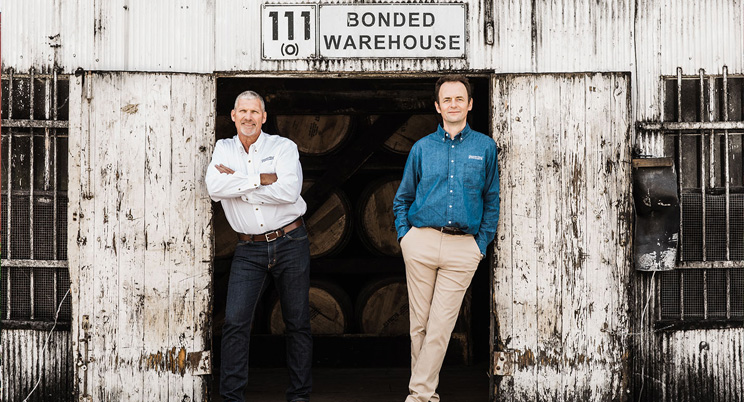
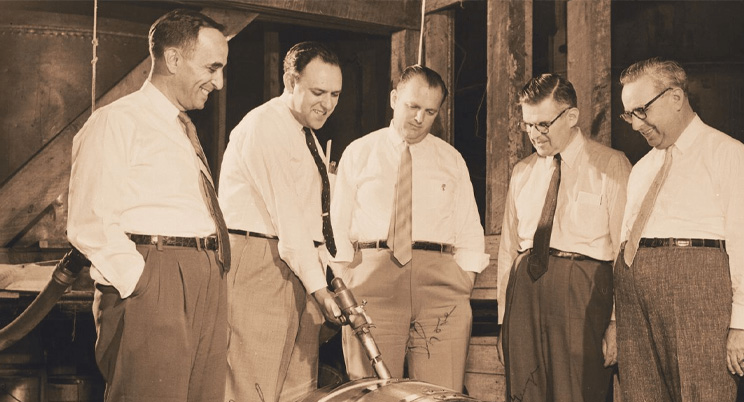



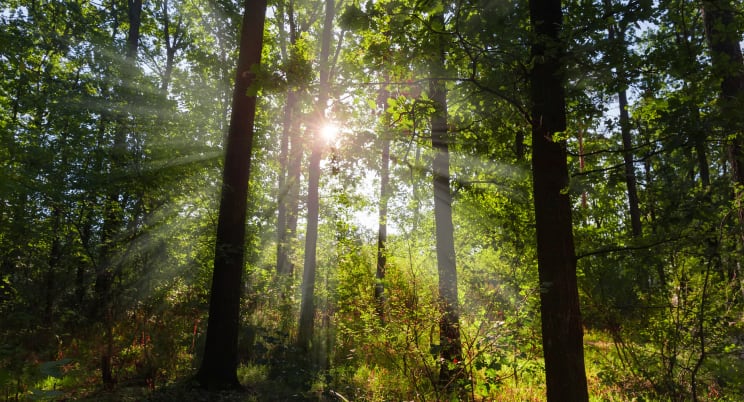
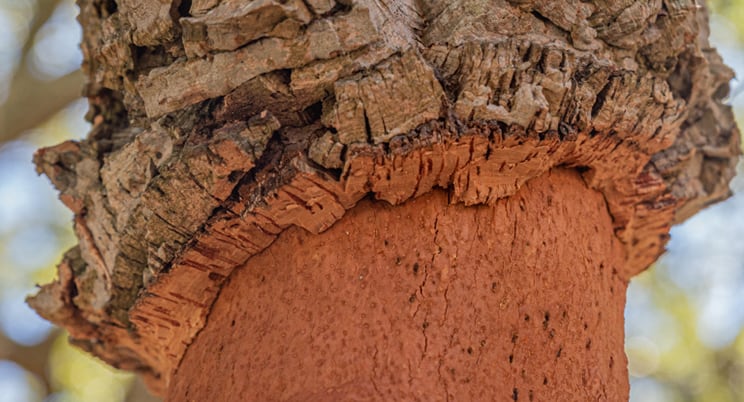
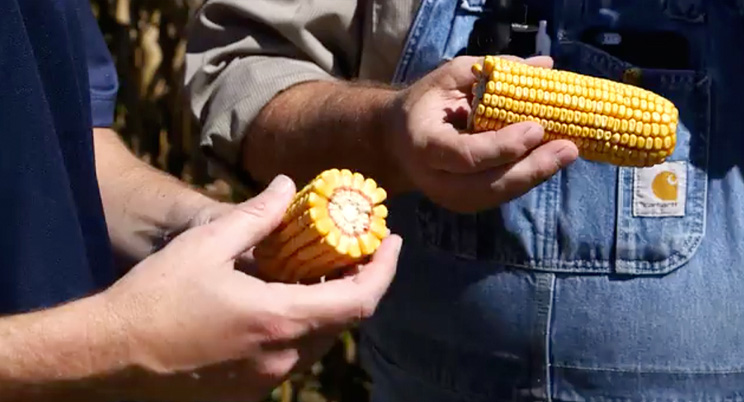
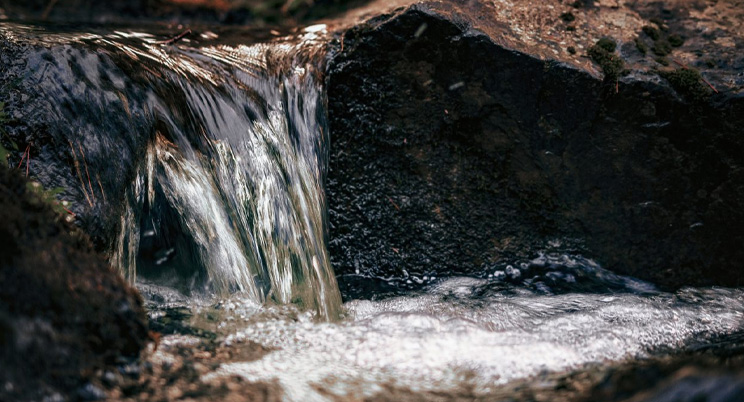
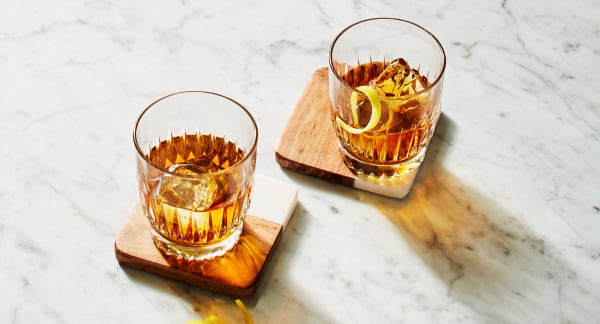







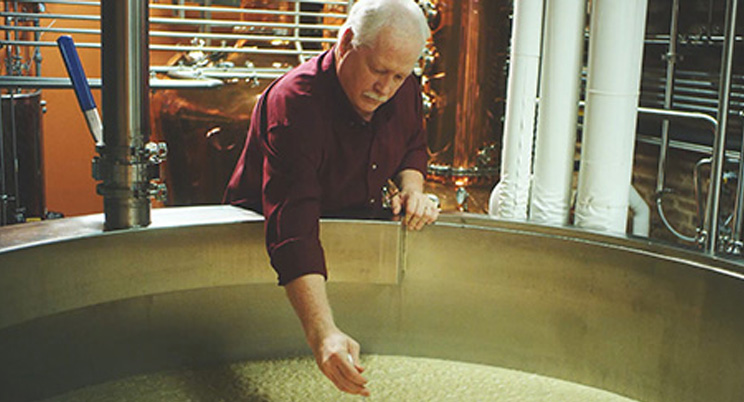



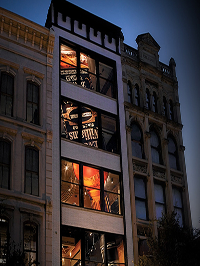
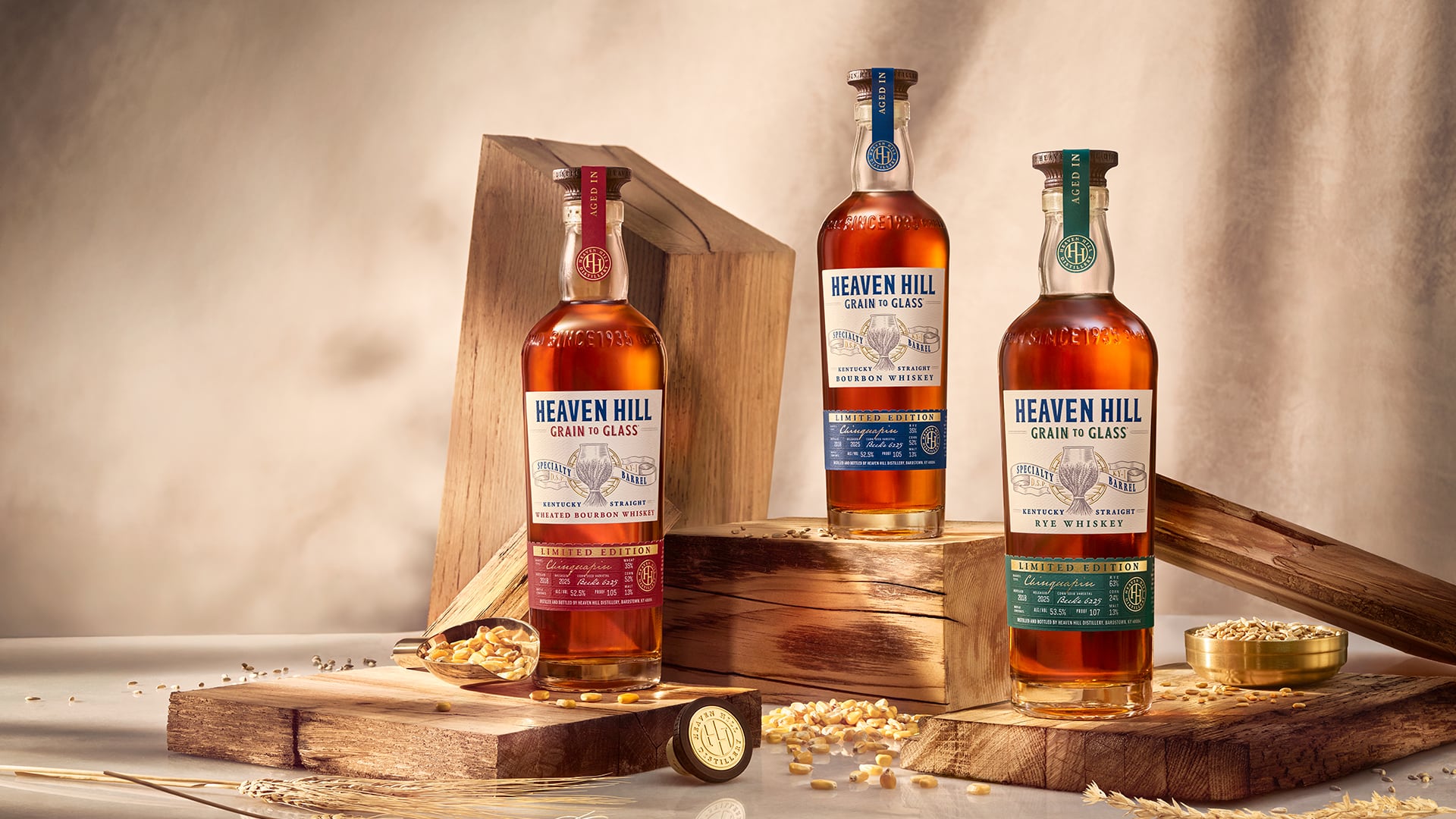
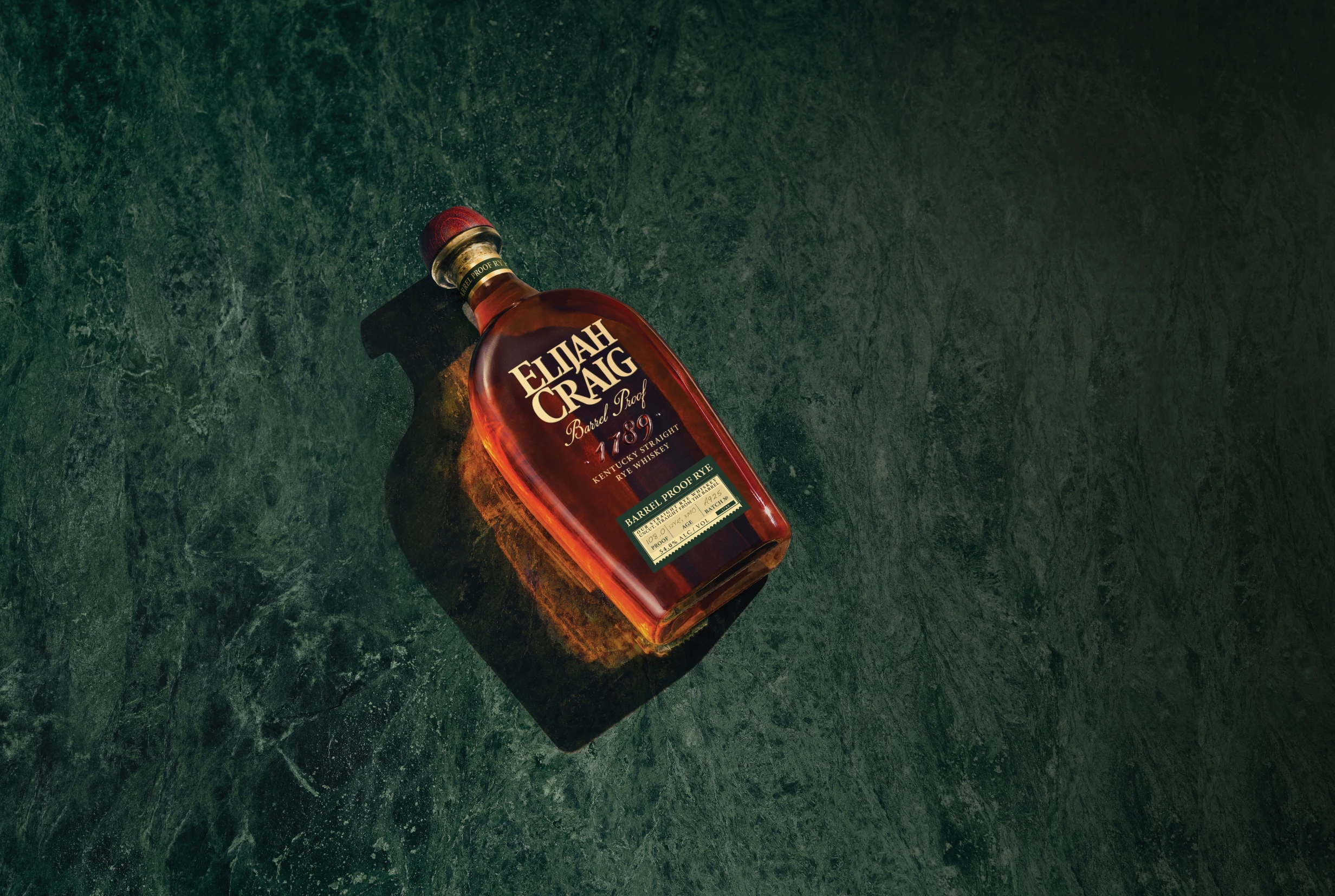

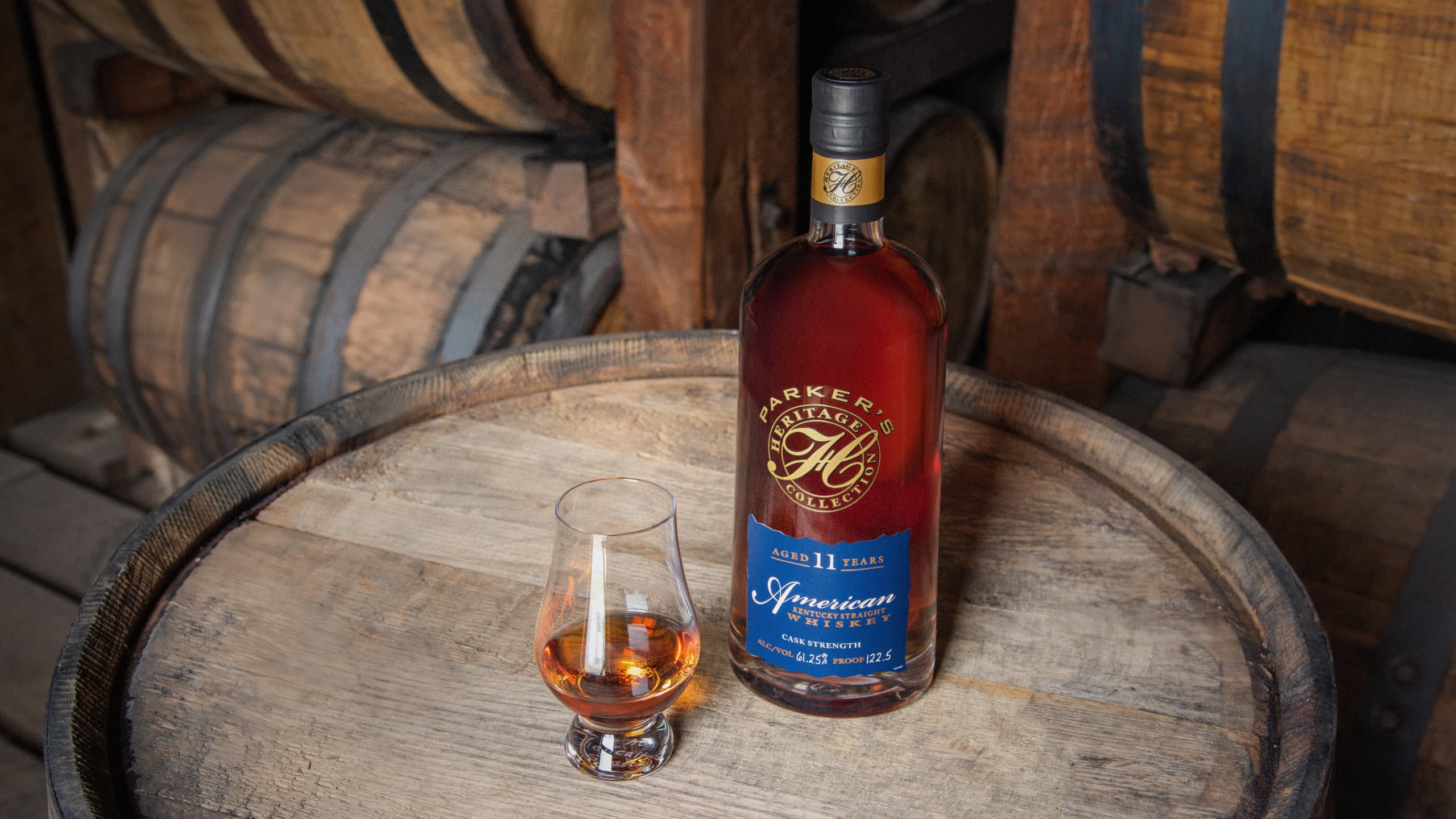
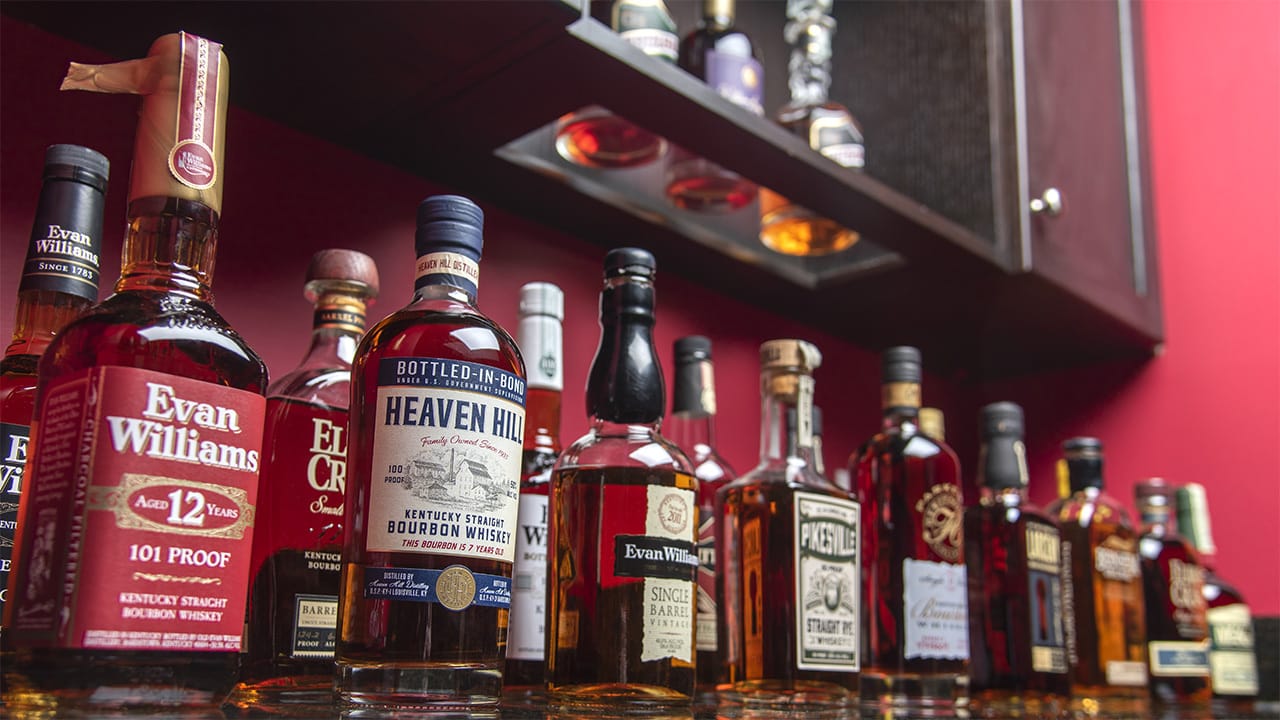
 On temperature and sunlight…
On temperature and sunlight… On handling bottles…
On handling bottles… Buy from reputable sellers. If you don’t know who that person is or the particulars of the bottle you’re considering, find people to help you make those decisions. Find someone who’s touched and seen tens of thousands of bottles, someone who has that experience. Look closely at the cork and the seal for any leakage, and look for any sun damage to the whiskey or the label.
Buy from reputable sellers. If you don’t know who that person is or the particulars of the bottle you’re considering, find people to help you make those decisions. Find someone who’s touched and seen tens of thousands of bottles, someone who has that experience. Look closely at the cork and the seal for any leakage, and look for any sun damage to the whiskey or the label.